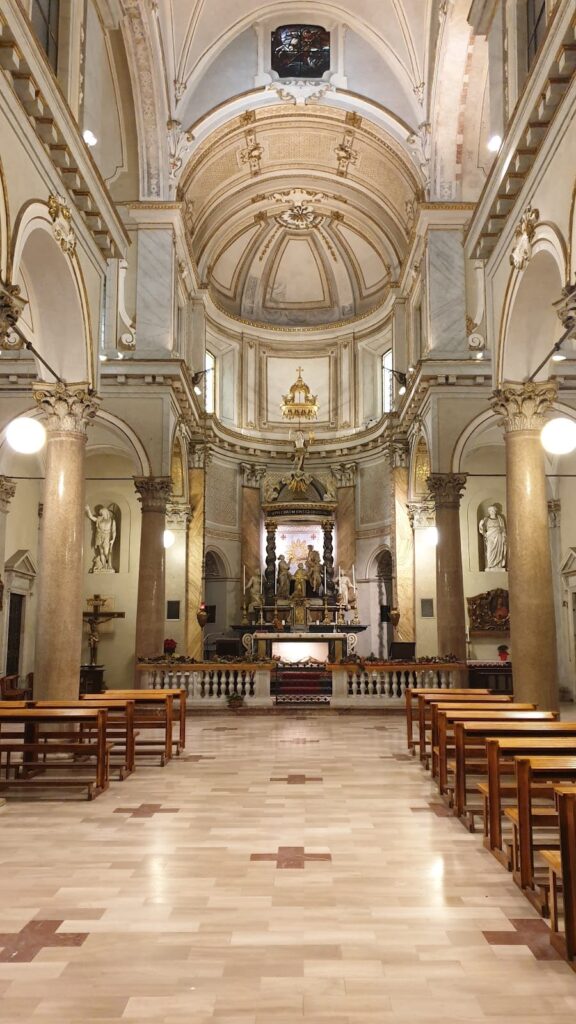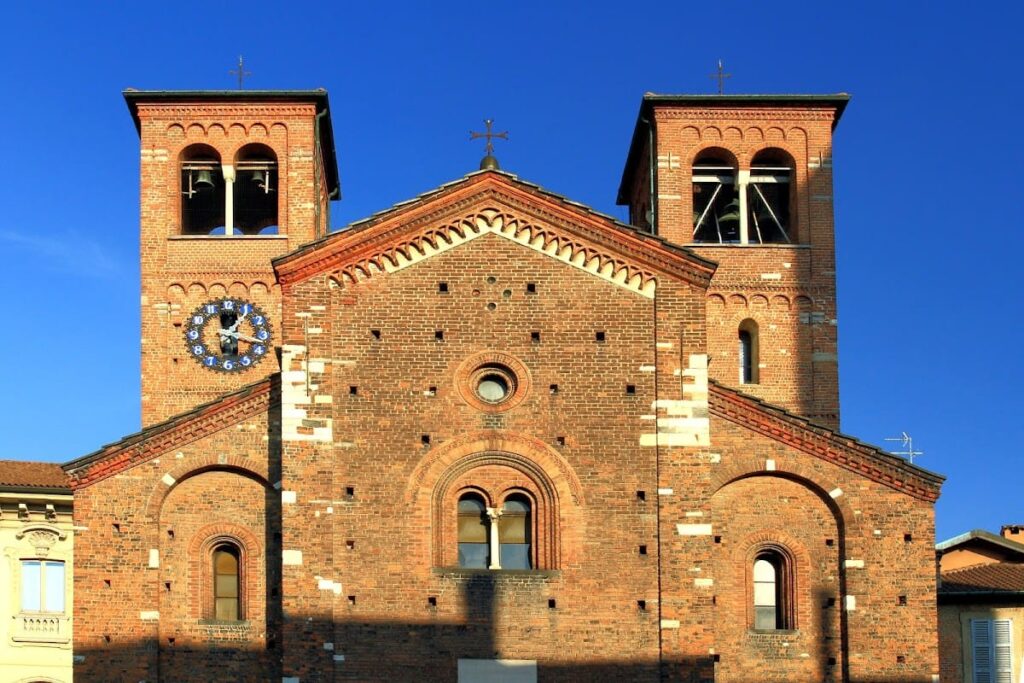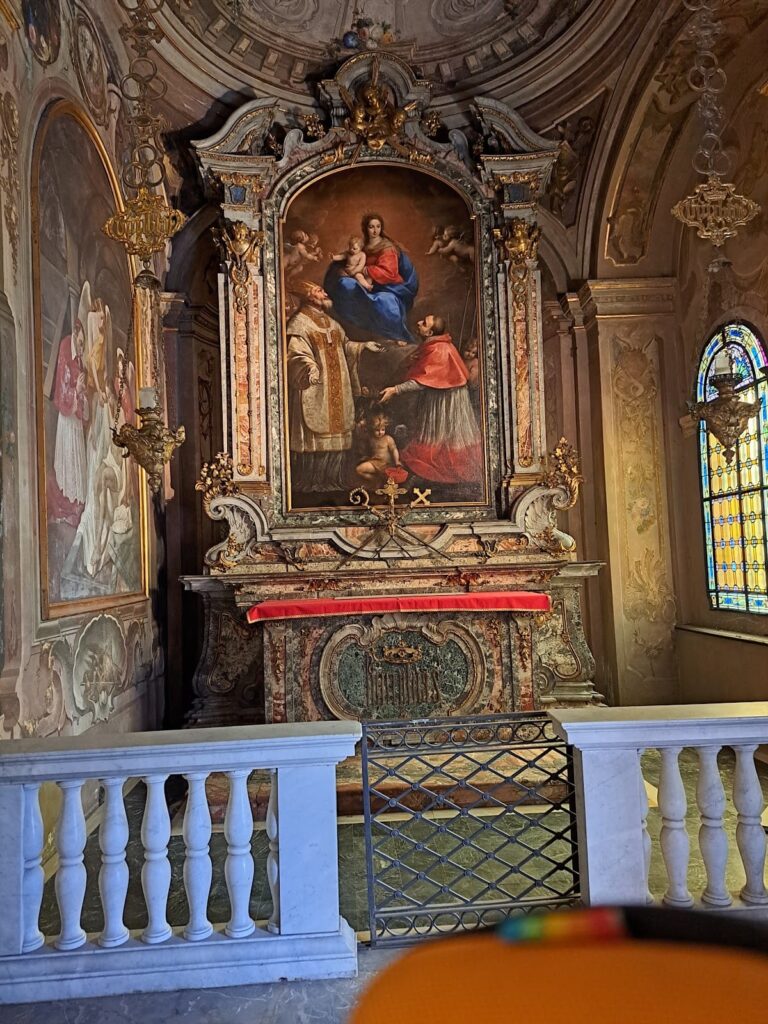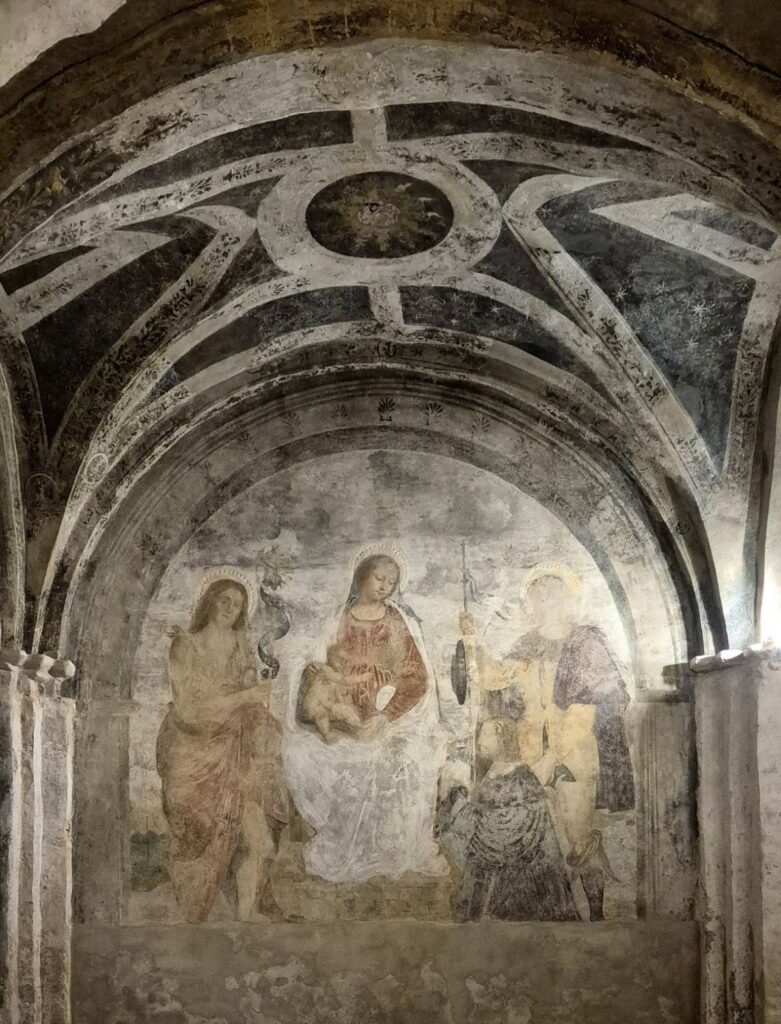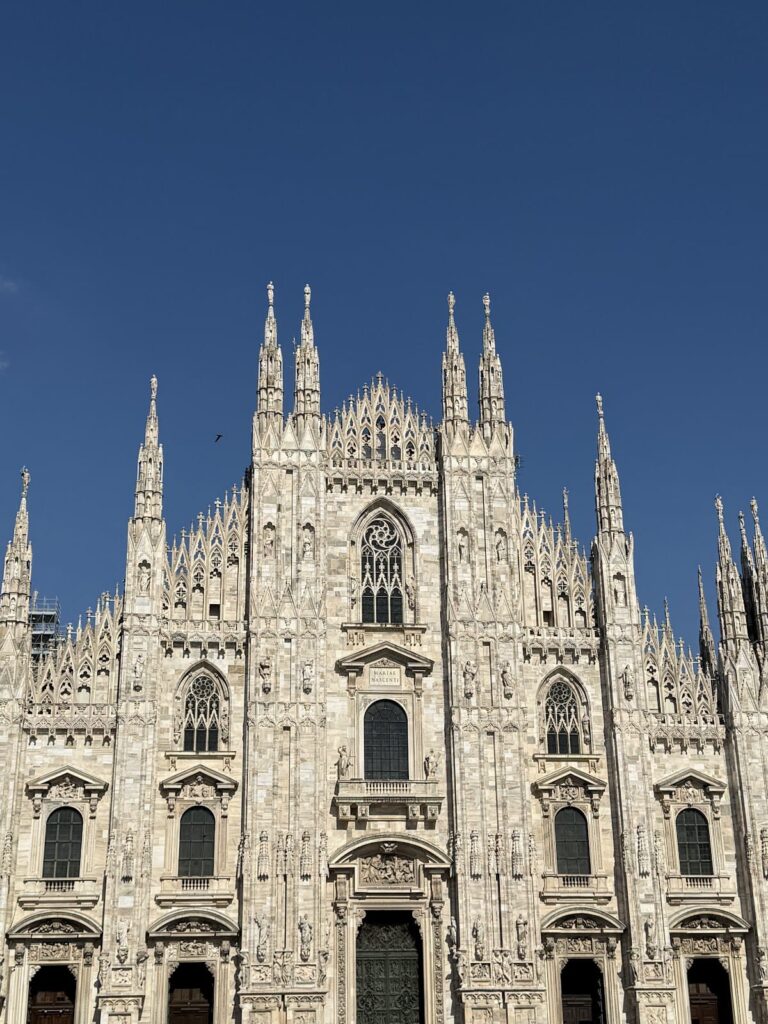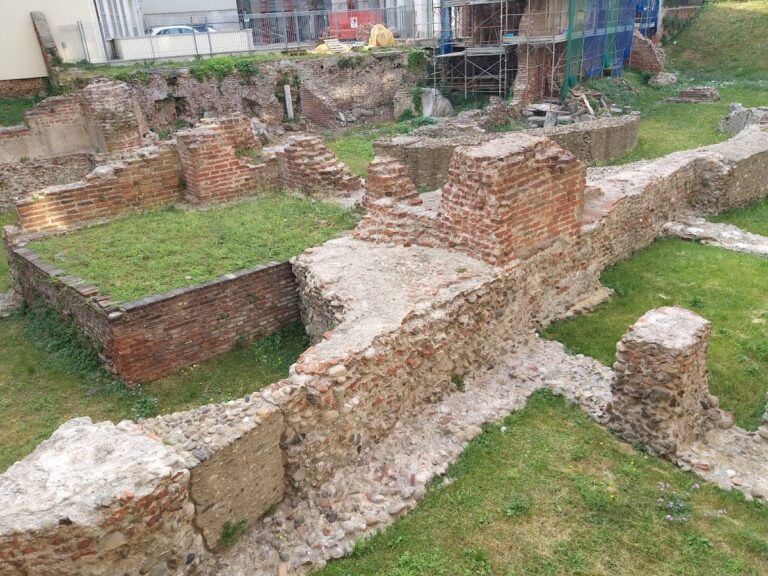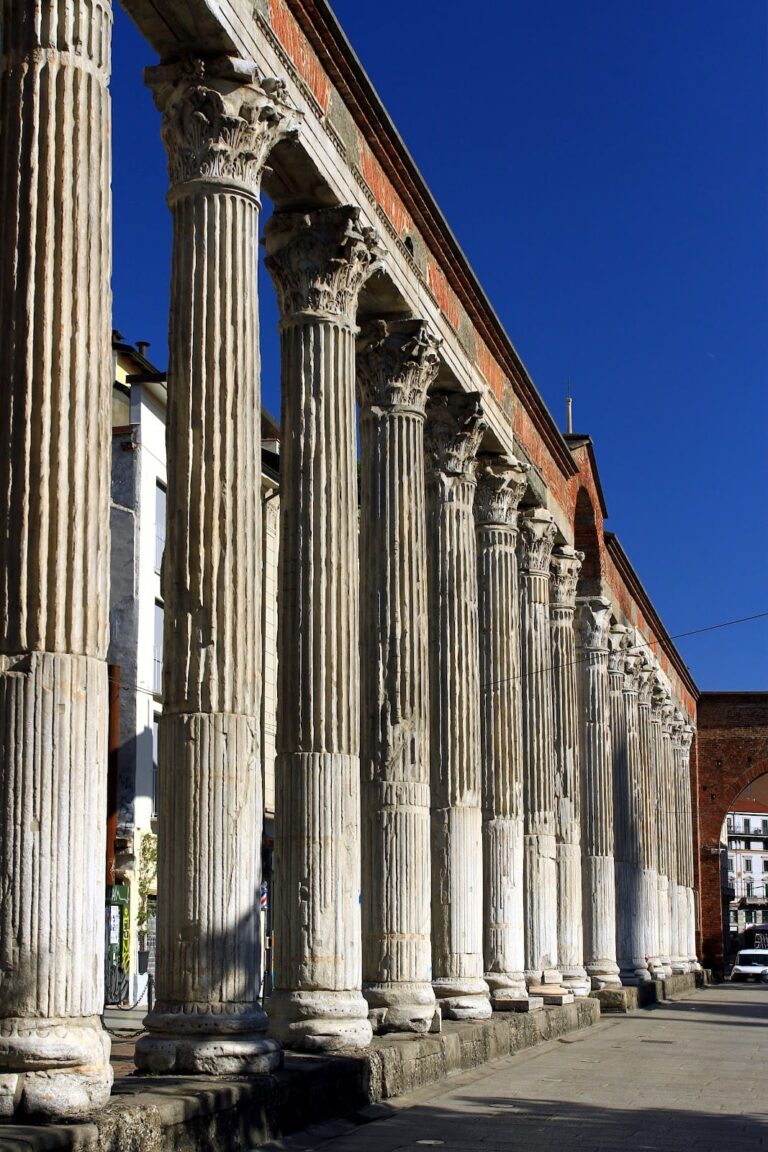Chiesa di San Sepolcro, Milan: A Historic Church Reflecting Milan’s Religious and Cultural Heritage
Visitor Information
Google Rating: 4.8
Popularity: Low
Google Maps: View on Google Maps
Official Website: www.ambrosiana.it
Country: Italy
Civilization: Medieval European, Roman
Remains: Religious
History
The Chiesa di San Sepolcro is located in Milan, within the province of Milan, in northern Italy. It was originally established in 1030 by Benedetto Ronzone, Master of the Mint, as a private chapel dedicated to the Holy Trinity. The church was built on family land near Ronzone’s residence, situated in a key commercial and minting district of medieval Milan. Its construction likely received approval from the diocesan authorities to affirm the historicity of Christ and the reality of the cross, countering heretical ideas circulating in the city at that time.
By the mid-11th century, the church played a role beyond worship. In 1066, it served as a medical care site for Arialdo da Carminate during conflicts involving the Patarines, a reform movement, and Archbishop Guido da Velate. The church was entrusted to Benedictine monks and canons, who managed its liturgical and administrative functions, thereby strengthening the Benedictine presence in Milan.
On July 15, 1100, Archbishop Anselmo da Bovisio rededicated the church from the Holy Trinity to the Holy Sepulchre of Jerusalem. This change linked the church symbolically to the Crusades and allowed pilgrims visiting the Milanese church to receive indulgences as a substitute for traveling to Jerusalem. Following the First Crusade, the church was remodeled to resemble the Anastasis, the church in Jerusalem believed to house Christ’s tomb. This cruciform layout was maintained through the centuries, as recorded in 15th-century documents.
During the 12th century, two bell towers were added, enhancing the church’s prominence. The 13th and 14th centuries saw the church retain significant liturgical importance, especially during Easter rites. In the 15th century, it became a preaching site for the Dominican order from Santa Maria delle Grazie. Around 1490, Leonardo da Vinci produced architectural studies related to the church.
In 1578, Carlo Borromeo designated San Sepolcro as the main seat of the Oblates of Saints Ambrose and Charles. He instituted the annual “Holy Nail” procession from the Duomo to the church, emphasizing its central role in Milan’s spiritual and geographic landscape. The church underwent Baroque-style restoration in 1605 under architect Aurelio Trezzi, which included a new façade and integration of an atrium. This aligned the church with the nearby Ambrosian Library as a center for Catholic education following the Council of Trent.
Further restorations took place between 1713 and 1719. In the late 19th century, the Baroque façade was replaced with a Neo-Romanesque front designed by Cesare Nava and Gaetano Moretti, aiming to reflect the church’s medieval origins more faithfully. The two bell towers were made symmetrical in 1903 by lowering the right tower to match the left.
The parish was suppressed in 1928, and the church came under the care of the Ambrosian Library. During World War II, bomb damage to the library led to the lower church being used as storage and becoming inaccessible. Restoration efforts in 1968 repurposed this space for art exhibitions. The crypt reopened to the public in 2016 after more than fifty years. Historically, the crypt served as a prayer site for Saint Charles Borromeo and as a burial place for prominent Milanese families and Oblate fathers.
Since 2014, the church has hosted Byzantine rite liturgies for the Italo-Albanian community. These services alternate between ancient Greek and Albanian languages, with some readings in Italian.
Remains
The Chiesa di San Sepolcro features a cruciform layout originally inspired by the Anastasis in Jerusalem. Its current façade, completed between 1894 and 1897 by Gaetano Moretti and Cesare Nava, is designed in the Lombard Romanesque revival style, replacing the earlier Baroque front. The two bell towers, added in the 12th century, were made symmetrical in the early 20th century by lowering the right tower to match the left.
Inside, the church retains Baroque elements, including an atrium attributed to Francesco Maria Richini. Two chapels flank the atrium, decorated with frescoes by Carlo Bellosio depicting Saint Charles at the Sepulchre and Saint Philip Neri presented to Saint Charles. Near the altar, two terracotta sculptural groups stand out: a Last Supper on the left and a triptych illustrating Christ’s death on the right.
In front of the apse lies a sarcophagus, possibly crafted by Campione masters in the early 14th century. This sarcophagus once contained relics brought from the Holy Land by Lombard crusaders, including soil from Jerusalem and strands of hair attributed to Mary Magdalene.
The subterranean crypt is accessible from the left side of the main nave. It is paved with marble slabs dating to the Augustan period, remnants of the ancient Roman forum floor beneath the church. The crypt was historically a place of prayer for Saint Charles Borromeo and served as a burial site for important Milanese families and Oblate fathers. It contains a copper and bronze palm symbolizing wisdom and regeneration, commissioned in 1616 by Cardinal Federico Borromeo and executed by Gian Andrea Biffi and Gerolamo Olivieri.
The crypt is located precisely at the intersection of the Cardo and Decumanus, the main north-south and east-west streets of the Roman city grid. It also houses an ancient Ambrosian Library manuscript featuring a map drawn by Leonardo da Vinci during his visit.
